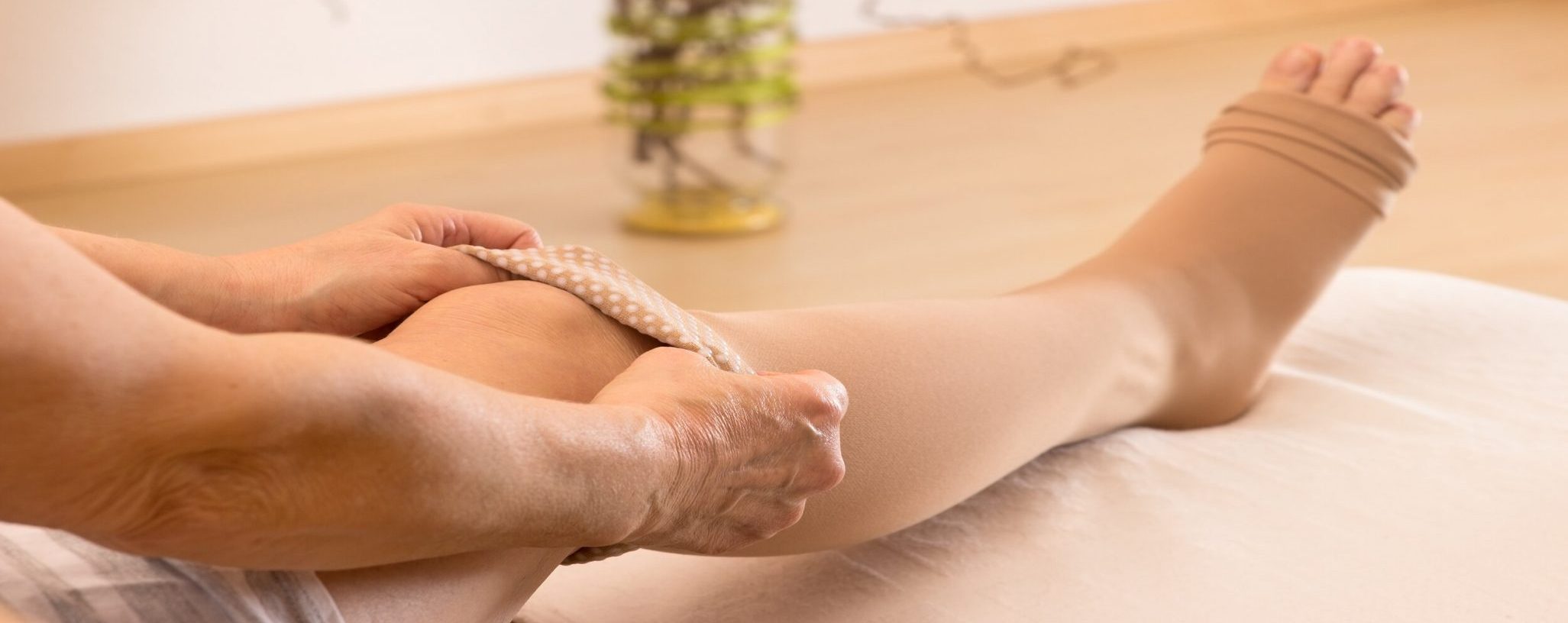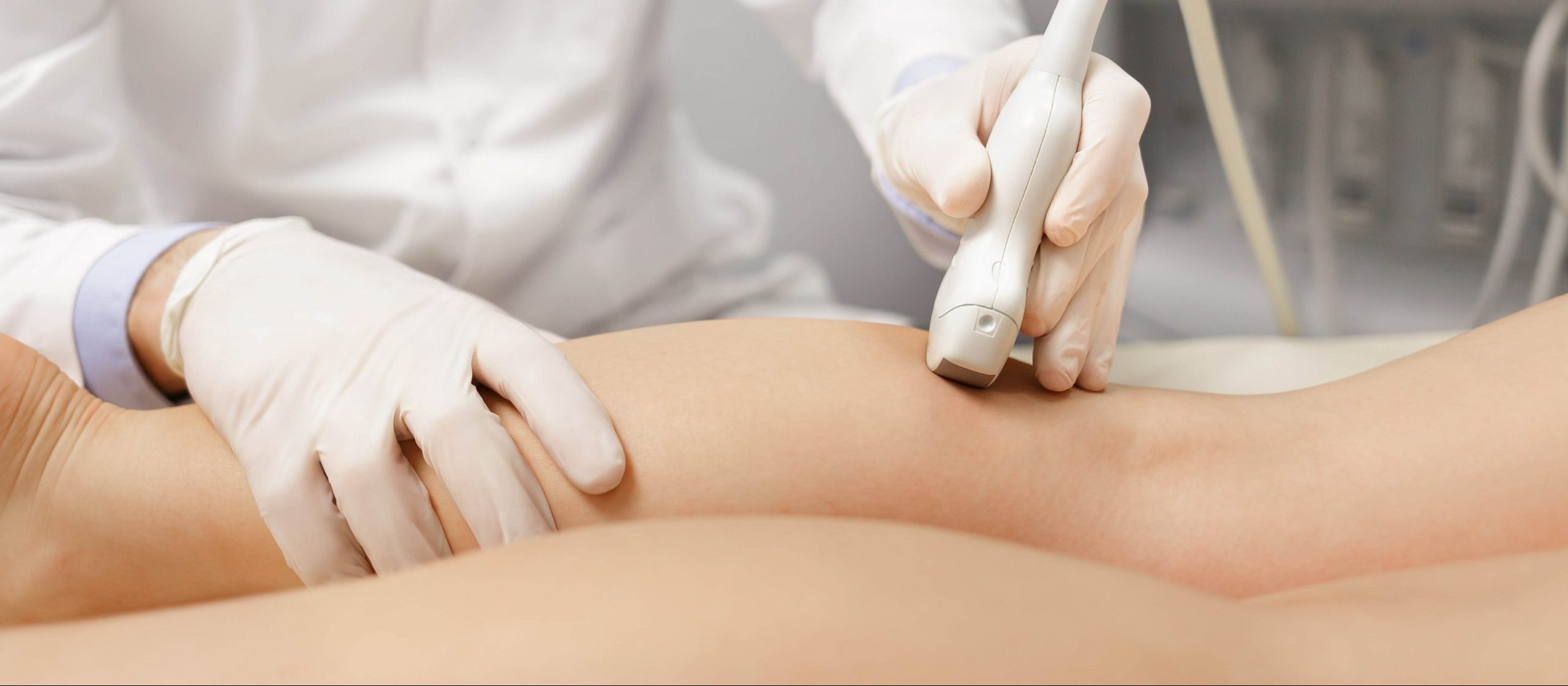Value of vein function testing by ultrasound examination and therapy planning before varicose vein treatment
In summary, it can be said that in the case of clinical abnormalities or typical complaints, a specialized duplex sonographic vein examination is recommended in order to detect varicose veins and to be able to carry out varicose vein treatment. If there is a wish for therapy, a detailed explanation and further therapy planning is necessary for varicose vein treatment. All examination methods for vein diagnostics are available in our practice and we can offer minimally invasive procedures in our own practice rooms. Depending on the technique / extent of varicose vein removal, the costs are individual. They are usually covered by the health insurance. Special attention in varicose vein treatment is given to a detailed consultation, preliminary examination and education, as well as a close follow-up.
When is a varicose vein dangerous?
Slight varicose veins or spider veins are usually harmless. If acute pain occurs, accompanied by redness and overheating, an immediate medical examination must be carried out, as superficial phlebitis can often develop into deep thrombosis. Superficial phlebitis is a common complication of varicose veins and results in varicose vein treatment. Long-standing varicose veins can lead to leg ulcers / a leg ulcer or to burst varicose veins with bleeding (rhexis hemorrhage) due to the chronic backflow of blood. They should therefore be treated before these complications.
How does pain from varicose veins manifest itself?
In acute varicose vein inflammation, the affected vein is hard to palpate and very painful. Chronic pain, on the other hand, is usually manifested by symptoms of congestion, such as a feeling of pressure/heaviness or tightness in the legs, often associated with a tendency to swell. This symptomatology occurs in particular after long periods of standing or sitting. Elevating the legs then brings relief.
How to recognize varicose veins?
In varicose veins, the deep venous system is affected, i.e. the valves of the deep veins are no longer functional, resulting in venous insufficiency. The expression of the valve weakness is then a chronic blood stagnation in the affected leg, since the veins can no longer transport the distant blood back to the heart. This leads to swelling, brownish discoloration or inflammation of the skin. With a specialized ultrasound examination, the deep and superficial venous system can be examined in detail and a valve weakness can be detected.
What are the methods of treatment of varicose veins?
First of all, there are conservative therapy measures based on a sporty-active lifestyle with a lot of exercise (swimming, cycling, walking are ideal) and the goal of a normal weight. In addition, the wearing of compression stockings can always be recommended. These measures are useful for both prophylaxis and symptom management. However, this does not reverse already existing varicose veins. To remove varicose veins, a minor operation must be performed. Minimally invasive procedures using special catheters (radiofrequency or laser ablation), in combination with foam sclerotherapy or the crochet method (mini-phlebectomy) are recommended. It is an outpatient procedure in the office, after which the patient goes home and comes for follow-up the following day.
What should be considered after varicose vein treatment?
After the procedure, the operated leg is wrapped in the practice and the patient goes home. On the following day, the bandage is removed, the wounds are inspected and a detailed ultrasound examination of the venous system is performed to check the success of the treatment. Subsequently, i.e. in the next three weeks, two more control appointments take place. During these three weeks of the healing phase, a thigh-length compression stocking must be worn. Heavy lifting or full baths/sauna sessions should be avoided. Bed rest should is not necessary; with the stocking worn on the leg, mobilization/walking is helpful for the success of the therapy. Depending on the occupational activity (standing for long periods is unfavorable), a regular working day is usually possible again immediately or after a few days. Spider veins/foam sclerotherapy must also be followed up with compression therapy.
Will the cost of varicose vein treatment be covered by my health insurance?
The costs for foam sclerotherapy must be paid by patients with statutory health insurance. If catheter treatment is necessary, the statutory health insurance usually covers the costs, but not every health insurance has this minimally invasive procedure listed in its benefits catalog, so that a formal application for cost coverage must be made by us in advance. For privately insured patients, the costs are generally covered. The minimally invasive therapy procedures are recommended worldwide as the leading method (recommendation grade I) for the therapy of varicose vein disease.
The costs for two pairs of compression stockings per calendar year are covered by all health insurance companies.
What are the risks and side effects of varicose veins treatment?
In summary, it can be said that the minimally invasive procedures for varicose veins treatment are low-risk and low-complication procedures. Often there is bruising in the area of the catheter puncture site or in the area of the mini-phlebectomy. Since catheter procedures involve heat, there is intentional thermal occlusion of the non-functioning, dilated vein. Due to the heat, it is possible that the vein is already closed up to the transition to the deep venous system. In order to prevent deep vein thrombosis, it is occasionally advisable to administer heparin for a few days during the healing period. This is also the reason why in the 3 weeks following the procedure, regular follow-up examinations with detailed duplex ultrasound examination of the vein system take place in our practice, in order to be able to recognize and treat possible complications of the varicose vein treatment at an early stage.


